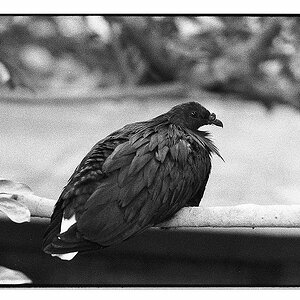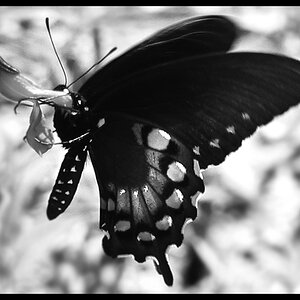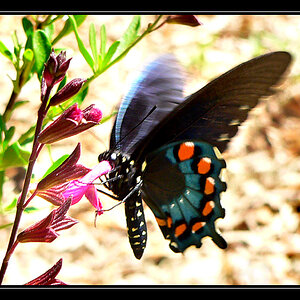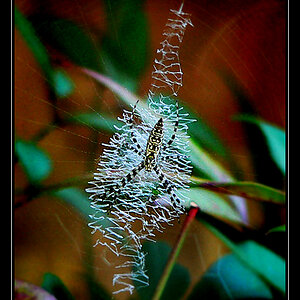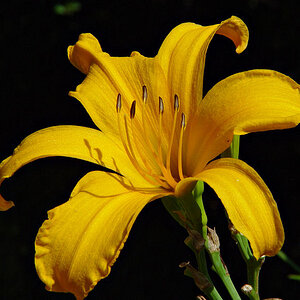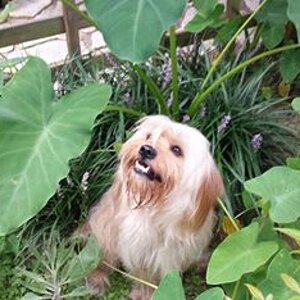citjet
TPF Noob!
- Joined
- Sep 17, 2009
- Messages
- 131
- Reaction score
- 0
- Location
- Brightwood Oregon
- Can others edit my Photos
- Photos NOT OK to edit
Im struggling with this one and am wondering what is going to be the best ISO and f stop combonation for the milky way. Am I assuming correctly that the f stop should be with the lense wide open or is that going to help creat noise with high ISO's?
I did find that a long exposure looks blurry because the stars are moving accross the sky hense my ISO confusion.
Any help would be great.
I did find that a long exposure looks blurry because the stars are moving accross the sky hense my ISO confusion.
Any help would be great.



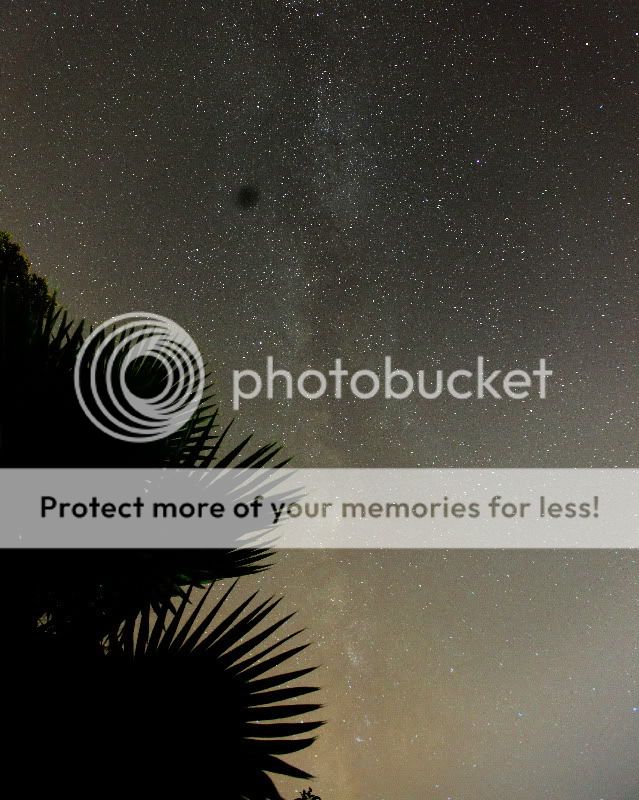

![[No title]](/data/xfmg/thumbnail/32/32929-22e23acc63d6ecb25e5ee941be87121f.jpg?1619735758)
![[No title]](/data/xfmg/thumbnail/38/38263-ad5e4c9e677626ddb5b1e7cdf9ebe40e.jpg?1619738548)
